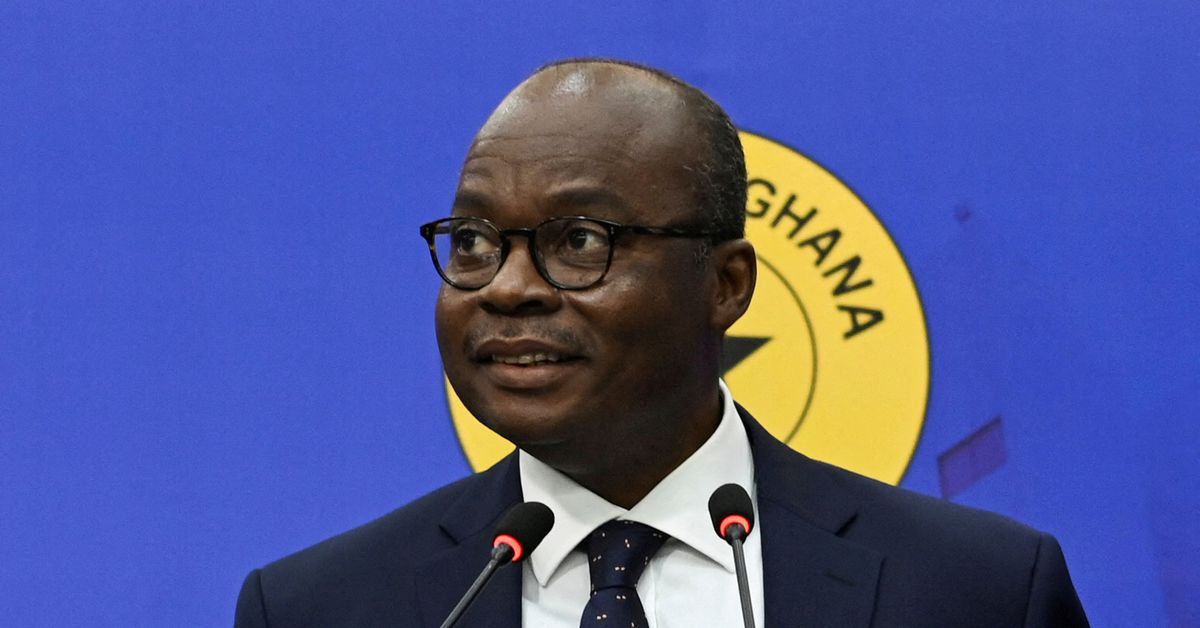
Ghana’s central bank on Monday kept its main interest rate (GHCBIR=ECI) at 30.00% as forecast by a Reuters poll of analysts, citing lower inflation, a stabler exchange rate and relatively strong economic growth.
Bank of Ghana Governor Ernest Addison said recent data suggested growth was more robust than expected, projecting GDP would expand by some 3% this year, compared with an International Monetary Fund (IMF) forecast of 1.6%.
“The consensus view of the Monetary Policy Committee is that we should see stronger growth than projected under the (IMF) programme,” he told reporters, referring to a $3 billion support package from the Fund that is conditional on debt restructuring.
The West African cocoa, gold and oil producer has been grappling with its worst economic crisis in a generation, characterised by double-digit inflation and ballooning public debt.
The capital Accra has been hit by several days of anti-government protests driven by anger over economic hardship.
“The policy mix under the three-year IMF extended credit facility is beginning to yield results. Economic activity is rebounding strongly. The exchange rate is stabilising. Inflation is declining, and the level of foreign exchange reserves has improved,” Addison said.
“Sustained improvement in these indicators should result in the restoration of real incomes and purchasing power,” he said, adding that the central bank expected continued disinflation but was ready to step in should that not happen.
Addison said discussions with external creditors were ongoing but he expected the IMF’s next tranche of financing and other inflows to help keep the situation stable.
In August, Ghana’s inflation (GHCPIY=ECI) slowed to 40.1% on a year-on-year basis from 43.1% in the previous month, but it remained well above the central bank’s 6%-10% target band.
A majority of analysts polled by Reuters said the Bank of Ghana would keep interest rates steady on Monday after 1,650 basis points of hikes over the last two years.
In its previous decision in July, the bank raised the main interest rate by 50 basis points to prevent a disinflation trend from being blown off course.






